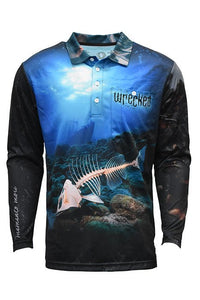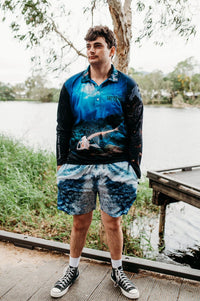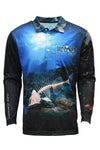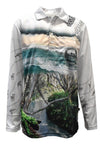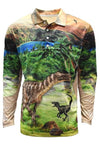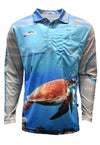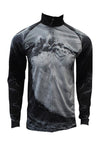When you think of the ocean, you might picture waves crashing on the shore or colourful fish swimming through coral reefs. But the ocean is much more than what we see on the surface. It’s a vast, layered world, stretching miles deep with mysteries still waiting to be discovered. Today, we’re diving into the five main layers of the ocean, each with its own unique environment, creatures, and characteristics.
🌊 1. Epipelagic Zone (The Sunlight Zone)
-
Depth: 0–200 meters (0–656 feet)
-
Light: Plenty of sunlight
-
Temperature: Warmest layer
-
Life: Most ocean life lives here
This is the top layer of the ocean and the only one that receives enough sunlight to support photosynthesis. It's home to the vast majority of marine life, including dolphins, sea turtles, plankton, and most fish species. Coral reefs thrive here, making this zone critical for biodiversity.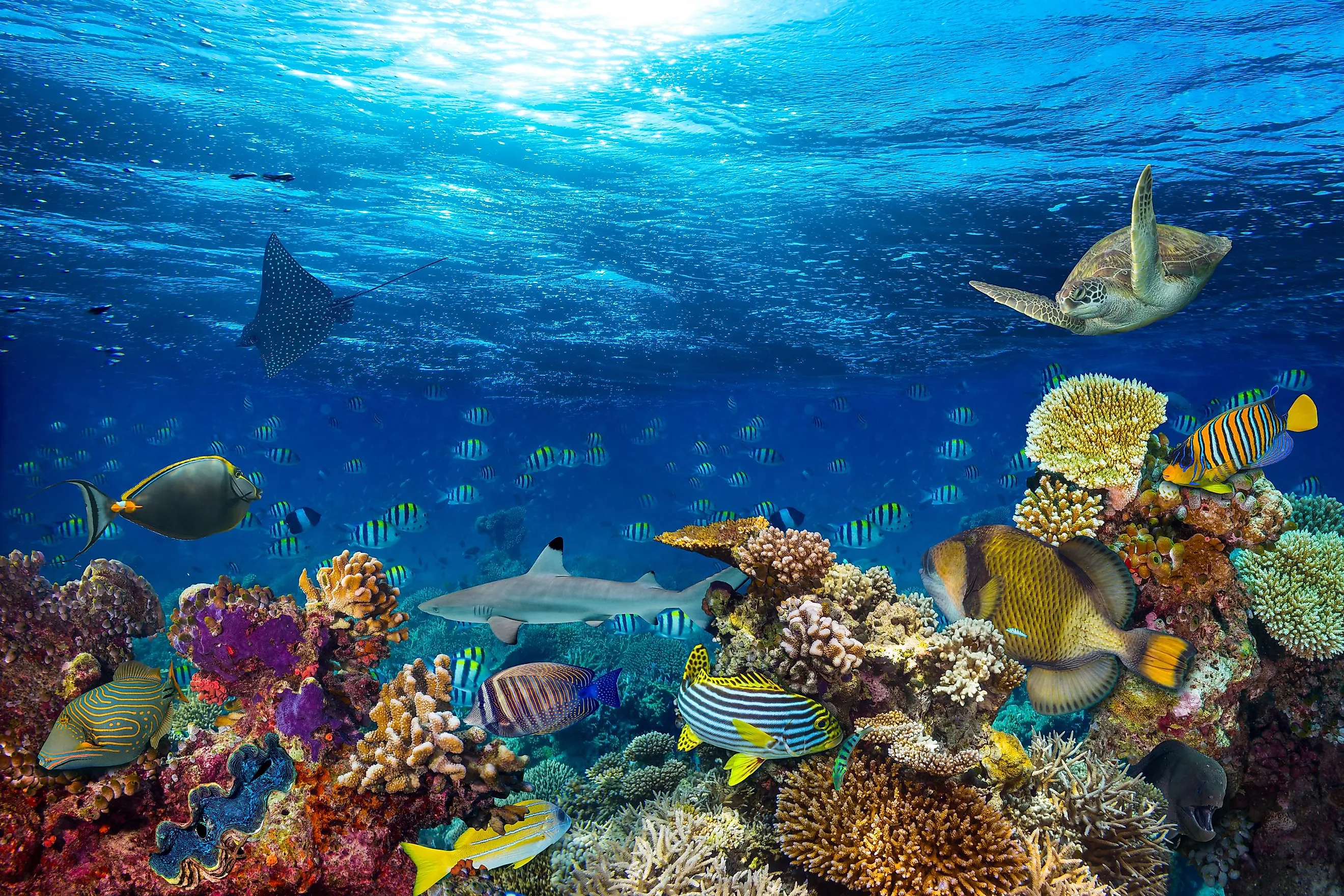
Click here to view source
🌘 2. Mesopelagic Zone (The Twilight Zone)
-
Depth: 200–1,000 meters (656–3,280 feet)
-
Light: Faint, no photosynthesis
-
Temperature: Drops rapidly
-
Life: Bioluminescent creatures, squid, lanternfish
Light begins to fade in the mesopelagic zone, giving it the nickname "the twilight zone." You won't find plants here, but you'll encounter eerie, glowing creatures that use bioluminescence to communicate, hunt, or hide from predators. It's one of the most mysterious layers of the ocean.
🌑 3. Bathypelagic Zone (The Midnight Zone)
-
Depth: 1,000–4,000 meters (3,280–13,123 feet)
-
Light: Complete darkness
-
Temperature: Near freezing
-
Life: Giant squid, anglerfish, deep-sea jellyfish
Now we’re in the pitch-black depths of the midnight zone. Pressure is crushing, temperatures are near freezing, and there is no sunlight at all. Creatures here often look alien, with adaptations like slow metabolisms, huge eyes, and bioluminescent lures.
Click here to view source
🕳️ 4. Abyssopelagic Zone (The Abyss)
-
Depth: 4,000–6,000 meters (13,123–19,685 feet)
-
Light: None
-
Pressure: Intense
-
Life: Sea cucumbers, basket stars, extremophiles
The abyssal zone is one of the least explored parts of the ocean. Conditions are extreme, but life still finds a way. Many organisms here feed on “marine snow” — a slow drift of organic material falling from the upper layers.
🌋 5. Hadalpelagic Zone (The Trenches)
-
Depth: 6,000–11,000 meters (19,685–36,089 feet)
-
Location: Ocean trenches (like the Mariana Trench)
-
Life: Tiny crustaceans, microbial life, highly adapted fish
This is the deepest part of the ocean, found in narrow trenches and deep-sea canyons. The Hadal zone is perhaps the most alien environment on Earth. Temperatures are near freezing, and the pressure can exceed 1,000 times that at the surface. And yet, scientists continue to find new, resilient forms of life here.
🌐 Why It Matters
Understanding the layers of the ocean isn’t just fascinating—it’s crucial. The ocean regulates our planet’s climate, supports countless species, and holds answers to scientific questions we haven’t even thought to ask yet. And with over 80% of the ocean still unexplored, who knows what wonders await in the depths?
Our Abyss and Dark Glow apparel lines blend UV protection with ocean-inspired design, drawing creative influence from the five layers of the ocean—from the sunlit surface to the mysterious trenches. Both designs embody the colour palette, texture, and spirit of the oceanic zones, while offering UPF-rated fabric technology to protect wearers from harmful UV rays.
Browse the apparel by clicking here





